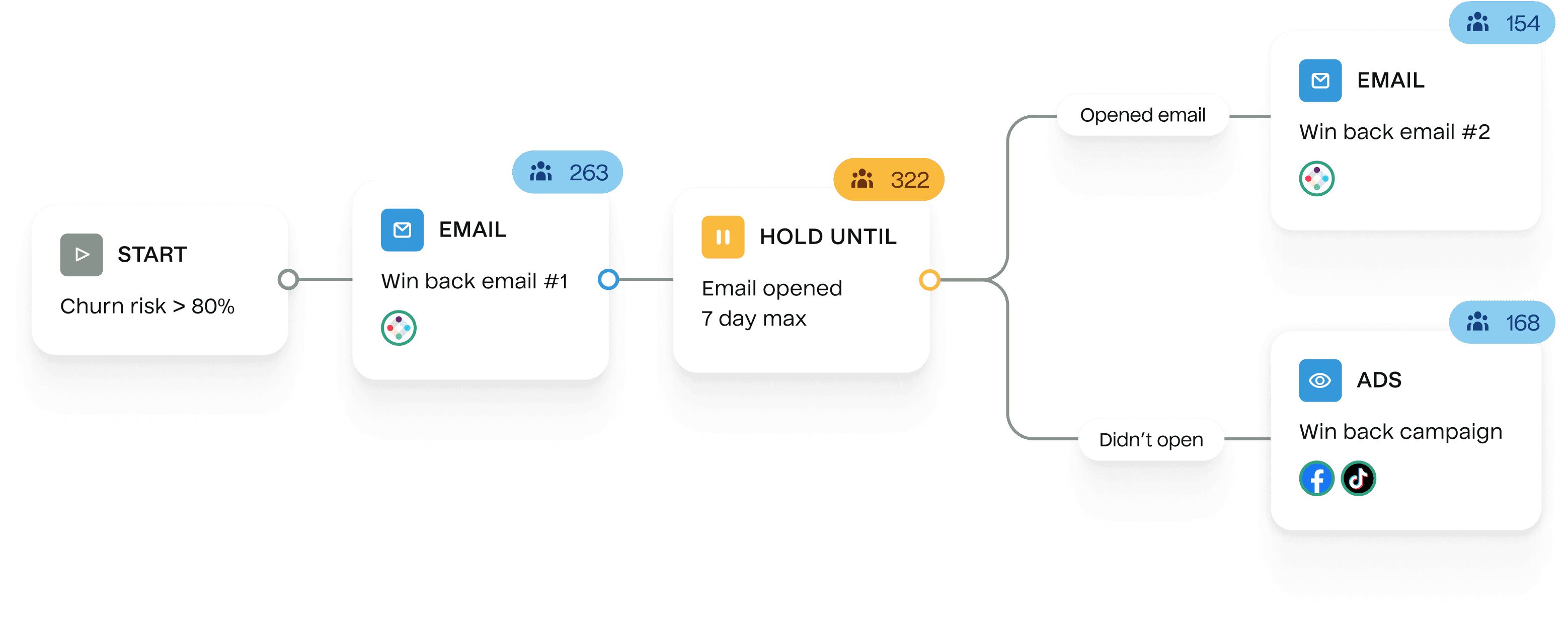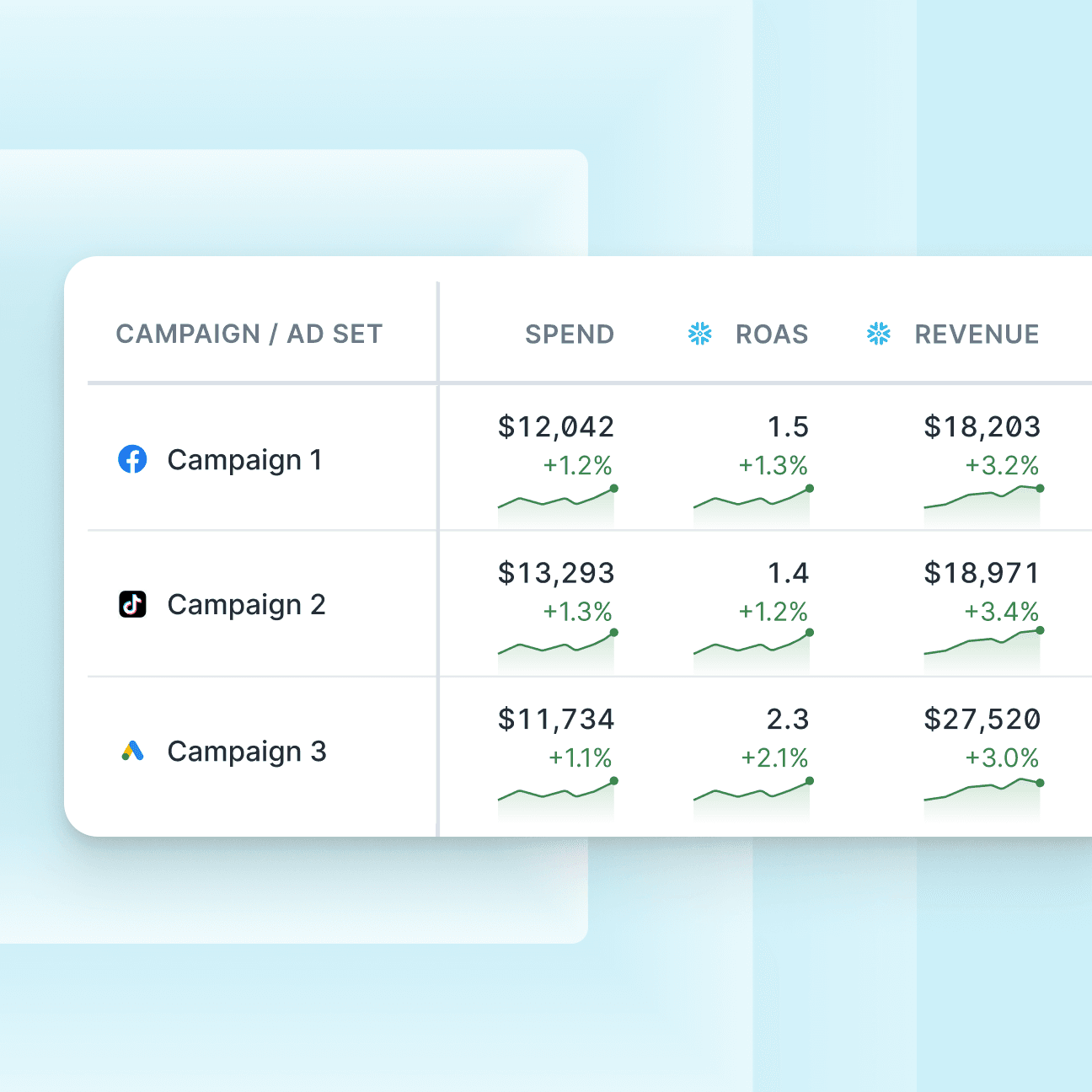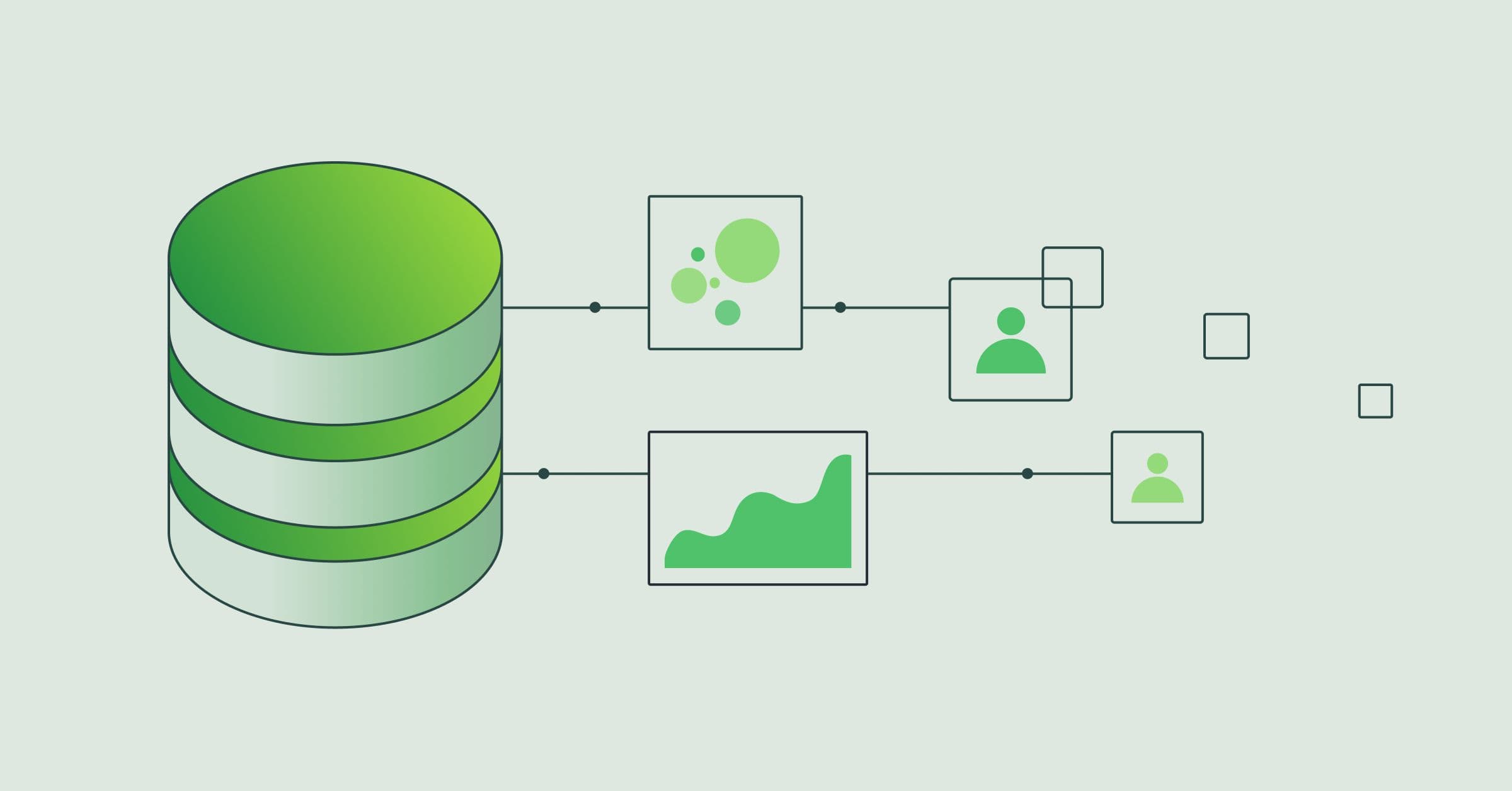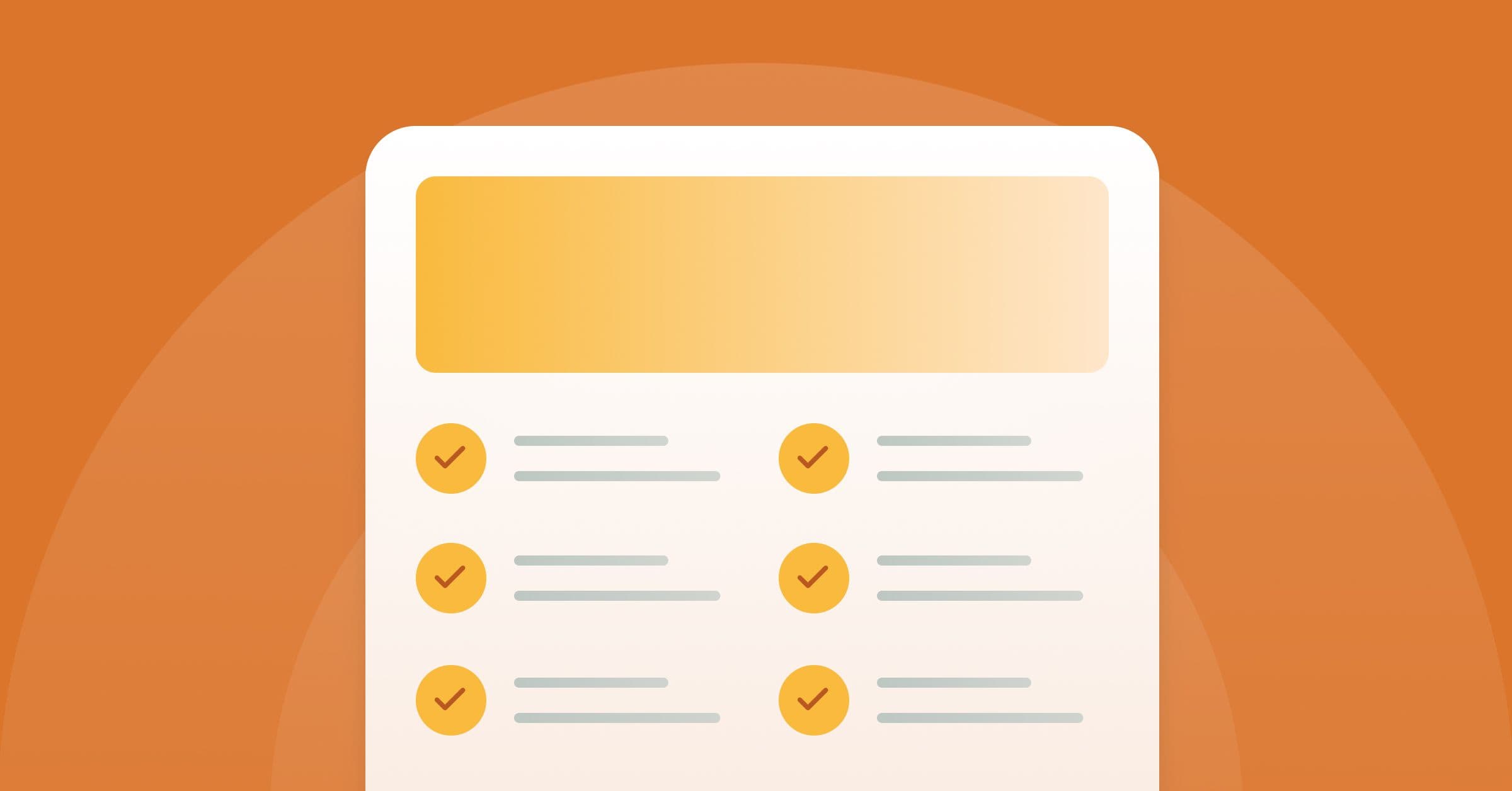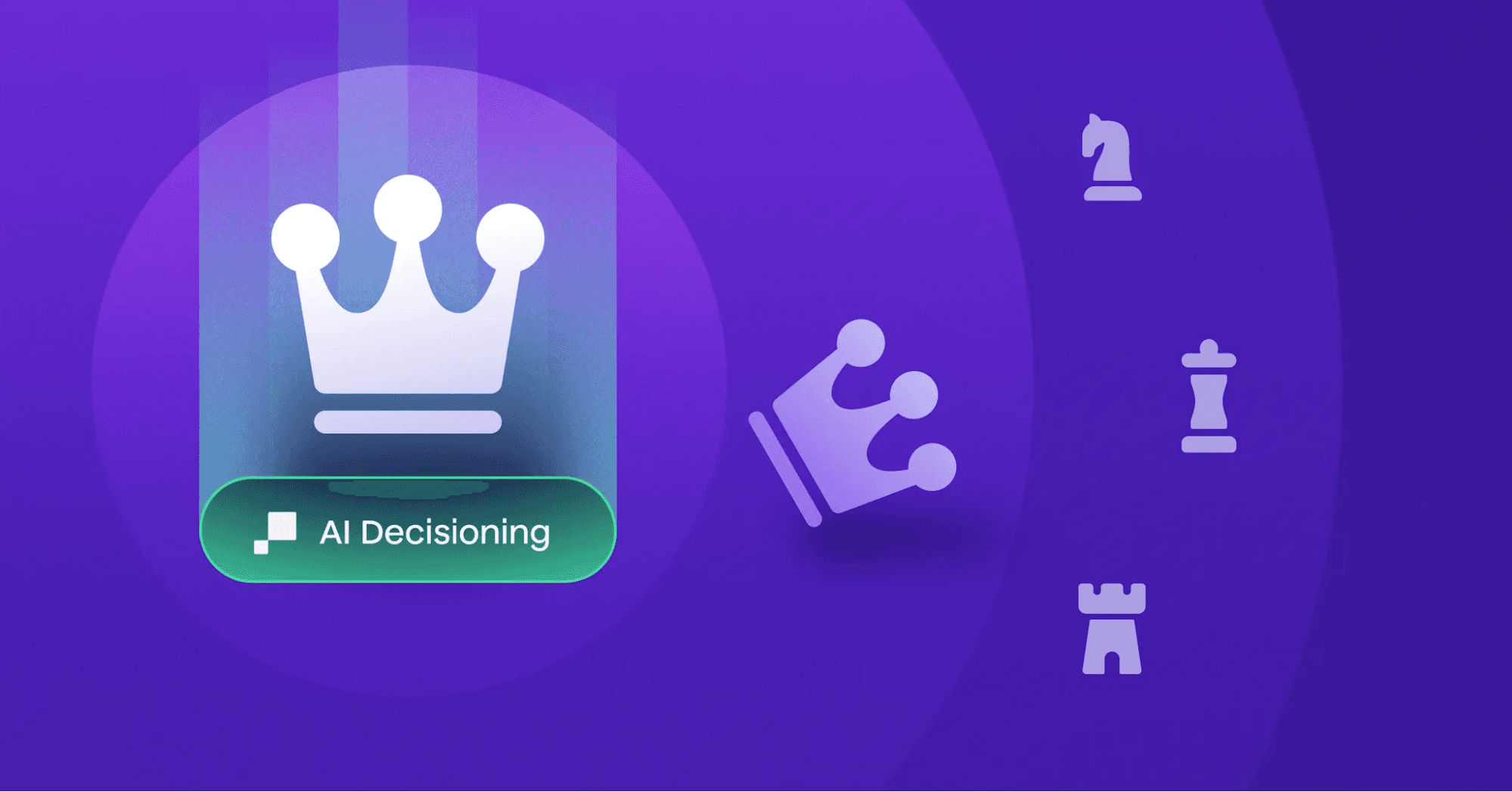The ultimate guide to CDPs for travel & hospitality
Learn everything there is to know about CDPs in travel & hospitality, including global trends, key insights, use cases, how leading travel & hospitality companies are leveraging personalization, and a framework for evaluating CDP vendors.
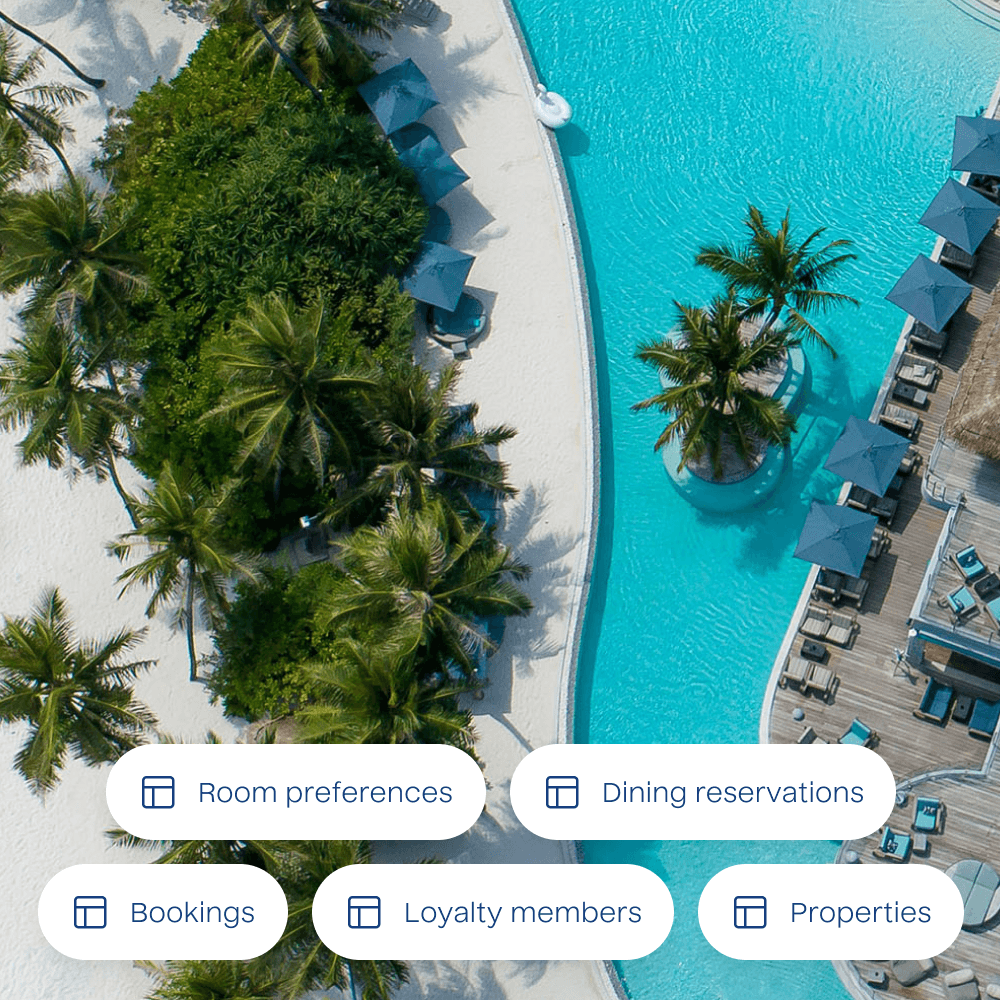
Why are travel & hospitality companies adopting CDPs?
Travel and hospitality is an incredibly competitive industry where customers can easily compare prices, reviews, and experiences. With 80% of revenue coming from just 20% of customers,1 customer loyalty is everything. Data is your only advantage to stand out in a sea of virtually endless options. If you don’t give travelers a compelling reason to book with you, they’ll simply go to one of your competitors.
Industry leaders in travel & hospitality differentiate themselves with personalization
United Airlines is introducing the first traveler media network to display targeted in-flight ads to users
Hilton uses AI to deliver relevant and personalized experiences to individual customers based on their preferences
Accor is leveraging Hightouch & Snowflake to tailor guest experiences specifically to their interests at check-in
travel & hospitality use cases
Acquisition campaigns
Drive new bookings by using demographic and travel intent data to target potential travelers and lookalike audiences with exclusive offers, increasing occupancy and reservations.
Suppression campaigns
Reduce wasted ad spend by suppressing loyalty members or frequent travelers from acquisition campaigns using CRM data, reallocating budget toward new or lapsed customers.
Retargeting campaigns
Re-engage users who browsed travel packages but didn’t book by serving dynamic ads featuring their explored destinations and limited-time discounts, recovering lost bookings.
Cross-sell campaigns
Promote ancillary travel services by using booking data to target customers with ads for complementary products like travel insurance or airport transfers, increasing ancillary revenue.
Conversion APIs
Share online and offline conversion data with ad platforms, enabling algorithms to better identify and target users with a higher likelihood of converting to improve campaign performance.
Media networks
Monetize customer insights by offering anonymized audience segments to brand partners for targeted advertising, generating incremental revenue through premium audience data sales.
Upsell & cross-sell campaigns
Recommend room upgrades, premium cabin classes, or tour packages during and after booking to increase revenue per customer.
Seasonal campaigns
Promote seasonal travel offers, such as ski resorts in winter or beach vacations in summer, driving urgency and peak-season bookings.
Churn prevention campaigns
Identify and re-engage frequent travelers who haven’t booked in a while by offering personalized discounts or loyalty rewards.
Localized promotions
Promote staycations, local events, or last-minute deals to increase bookings from nearby travelers.
Anniversary campaigns
Celebrate customer loyalty milestones with exclusive offers, such as extra loyalty points or discounts on repeat bookings.
Reactivation campaigns
Re-engage inactive travelers with exclusive offers or discounts to encourage repeat bookings.
Membership engagement campaigns
Encourage loyalty program participation with exclusive perks like double points, free upgrades, or early access to deals.
Special occasion campaigns
Offer personalized promotions for birthdays, anniversaries, or milestone events to increase emotional engagement.
Post-trip campaigns
Follow up with travelers after their trip to encourage reviews, recommendations, and future bookings.
Dynamic home page content
Display personalized banners featuring recommended destinations, hotel deals, or flight offers based on browsing history to increase engagement and boost conversions.
Dynamic app experiences
Simplify trip management by highlighting upcoming trip details, one-click check-ins, or weather updates for destinations on the app’s home screen, improving user retention and experience.
Dynamic search results
Tailor search filters to prioritize trending destinations, personalized travel deals, and user preferences to accelerate the booking process and improve conversion rates.
Multi-destination recommendations
Suggest additional destinations or stopovers based on current bookings to increase trip value and drive incremental revenue.
Next best action
Encourage high-value travel actions such as joining a loyalty program, booking add-ons, or upgrading flights/accommodations to increase engagement and revenue.
Live event recommendations
Use geolocation to suggest local concerts, tours, or dining experiences in the traveler’s destination, driving ancillary revenue and improving customer satisfaction.
Travel goal tracking
Show progress toward travel rewards like free trips or exclusive upgrades for frequent bookers, deepening engagement and incentivizing future bookings.
Early bird campaigns
Promote early-bird discounts for customers planning vacations months in advance to stabilize bookings and lock in revenue earlier.
Interactive itineraries
Provide real-time updates on trip details, including weather forecasts, local events, and dining suggestions, to enhance the traveler’s experience and increase app engagement.
What travel & hospitality companies should consider when evaluating a CDP
90%5 of marketers say their traditional CDP does not do what they need, so why do they keep buying them?
| Category | Traditional CDP | Composable CDP |
|---|---|---|
| Architecture | Operates as a separate entity, removed from your company’s data | Integrates directly within your company’s data infrastructure |
| Security & data storage | Data is stored and maintained in the CDP’s data infrastructure | Data is stored and maintained in your existing data infrastructure |
| Data access | Supports user and event data | Supports both online and offline data |
| Data modeling | Uses predefined models that may not fully capture booking trends or traveler itineraries | Supports tailored models to handle booking histories, travel behaviors, and preferences |
| Audience management | Supports broad segmentation but struggles with categories like frequent travelers or package preferences | Enables granular segmentation using traveler profiles, booking trends, and loyalty program tiers |
| Customer journey customization | Provides standard templates for campaigns like email confirmations or standard promotions | Powers fully adaptable journeys for events like multi-leg trips, travel upgrades, and loyalty rewards |
| Identity resolution | Relies on out-of-the-box algorithms that may not unify profiles across booking systems loyalty programs and travel apps | Supports custom algorithms to unify profiles across booking platforms, airline partners, and loyalty ecosystems |
| Pricing | Bundled pricing: dependent on monthly tracked users (MTUs) & feature add-ons | Unbundled: individually priced features with no MTU billing |
| Average implementation time | 6-12 months | 1-4 months |
- ArchitectureIntegrates directly within your company’s data infrastructure
- Security & data storageData is stored and maintained in your existing data infrastructure
- Data accessSupports both online and offline data
- Data modelingSupports tailored models to handle booking histories, travel behaviors, and preferences
- Audience managementEnables granular segmentation using traveler profiles, booking trends, and loyalty program tiers
- Customer journey customizationPowers fully adaptable journeys for events like multi-leg trips, travel upgrades, and loyalty rewards
- Identity resolutionSupports custom algorithms to unify profiles across booking platforms, airline partners, and loyalty ecosystems
- PricingUnbundled: individually priced features with no MTU billing
- Average implementation time1-4 months
- ArchitectureOperates as a separate entity, removed from your company’s data
- Security & data storageData is stored and maintained in the CDP’s data infrastructure
- Data accessSupports user and event data
- Data modelingUses predefined models that may not fully capture booking trends or traveler itineraries
- Audience managementSupports broad segmentation but struggles with categories like frequent travelers or package preferences
- Customer journey customizationProvides standard templates for campaigns like email confirmations or standard promotions
- Identity resolutionRelies on out-of-the-box algorithms that may not unify profiles across booking systems loyalty programs and travel apps
- PricingBundled pricing: dependent on monthly tracked users (MTUs) & feature add-ons
- Average implementation time6-12 months
Why Hightouch for travel & hospitality?
Your CDP vendor should mold to your data — not the other way around. Hightouch is purpose-built to handle the complexity of travel & hospitality.
Leverage any data point in your warehouse – not just users, accounts, and events.
Build and activate audiences directly from your warehouse.
Integrate with your existing data infrastructure on your warehouse.
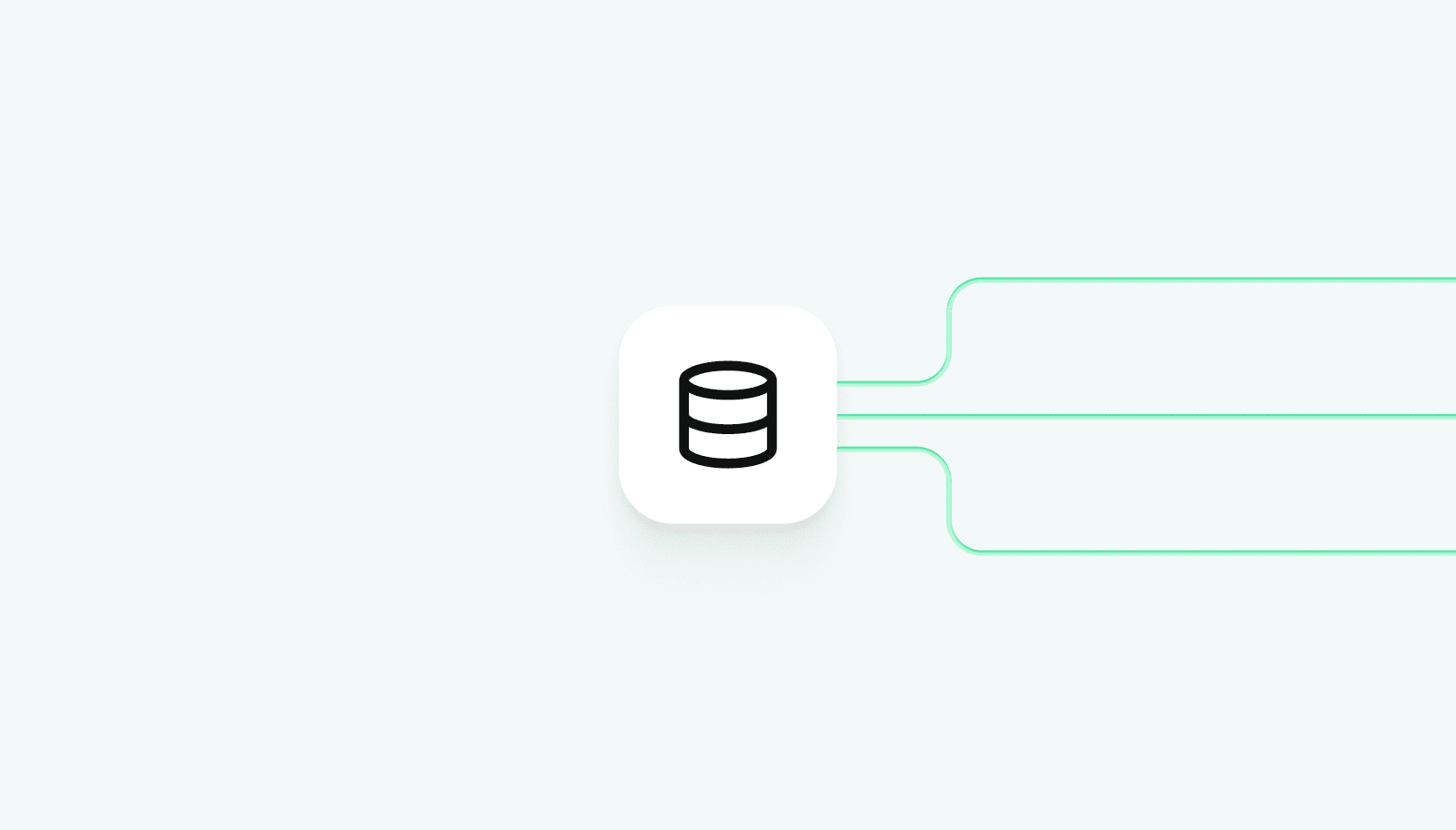
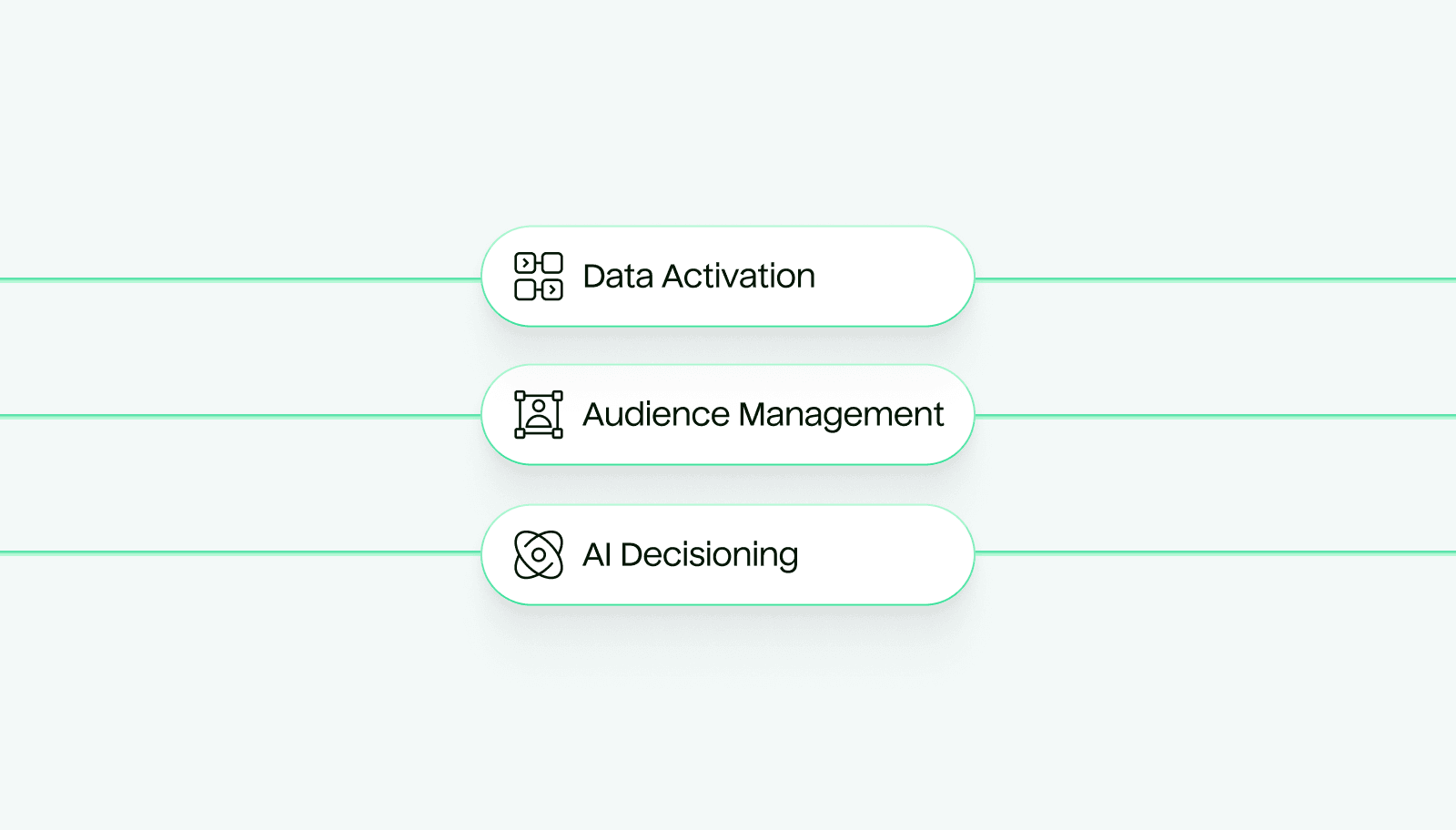
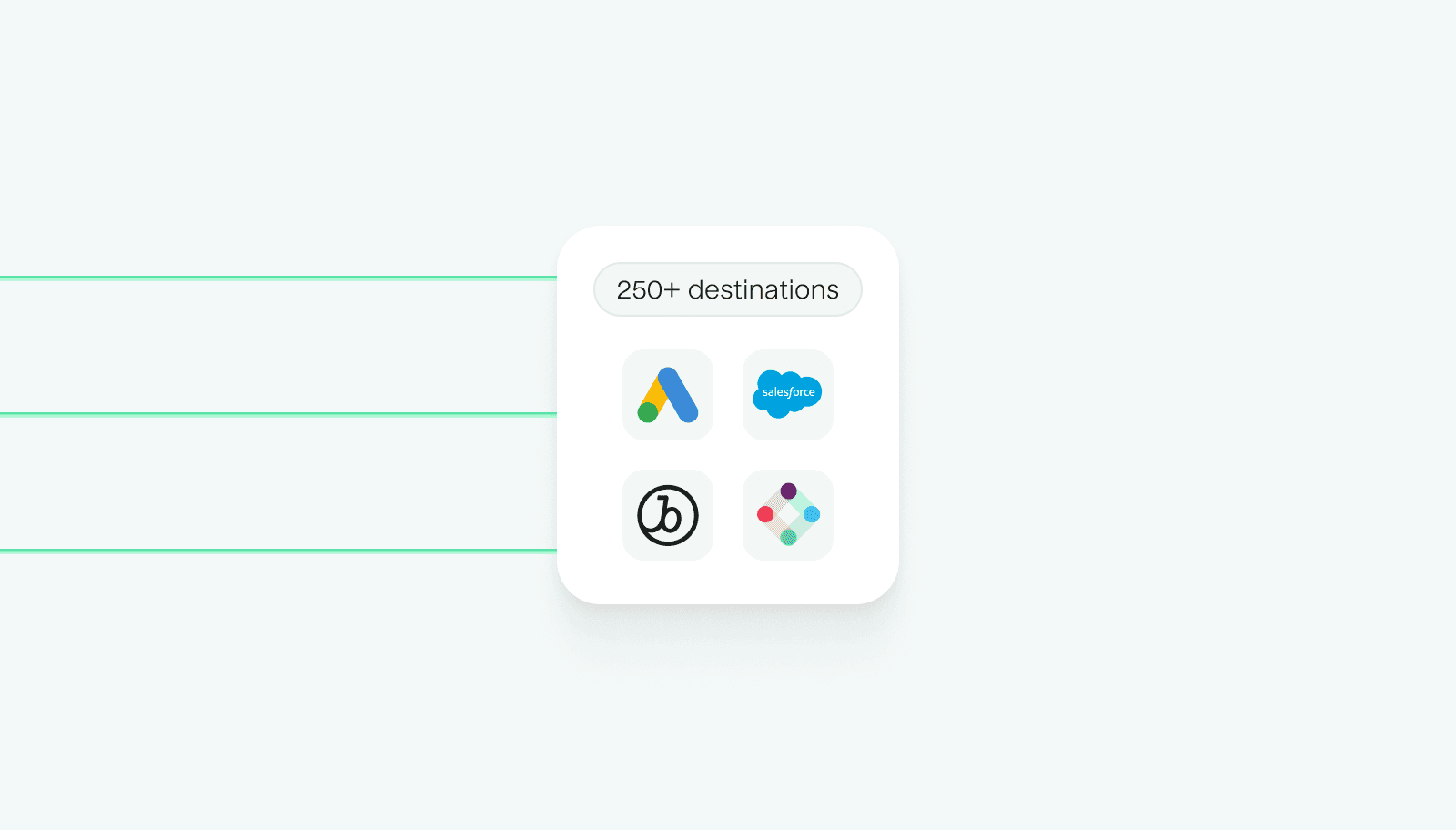
Leverage any data point in your warehouse – not just users, accounts, and events.
A complete CDP for travel & hospitality
Members
Overlap
Vacation planners with unbooked trips
2,988 members
1,974 members
Flight search abandoners 2,988
Loyalty program members 1,974
Member overlap 378 or 12.65%
Customer Data Platform resources
Explore Customer Data Platforms by industry
Discover why leaders across all industries and adopting CDPs and how they are taking action on their customer data to drive engagement and revenue.
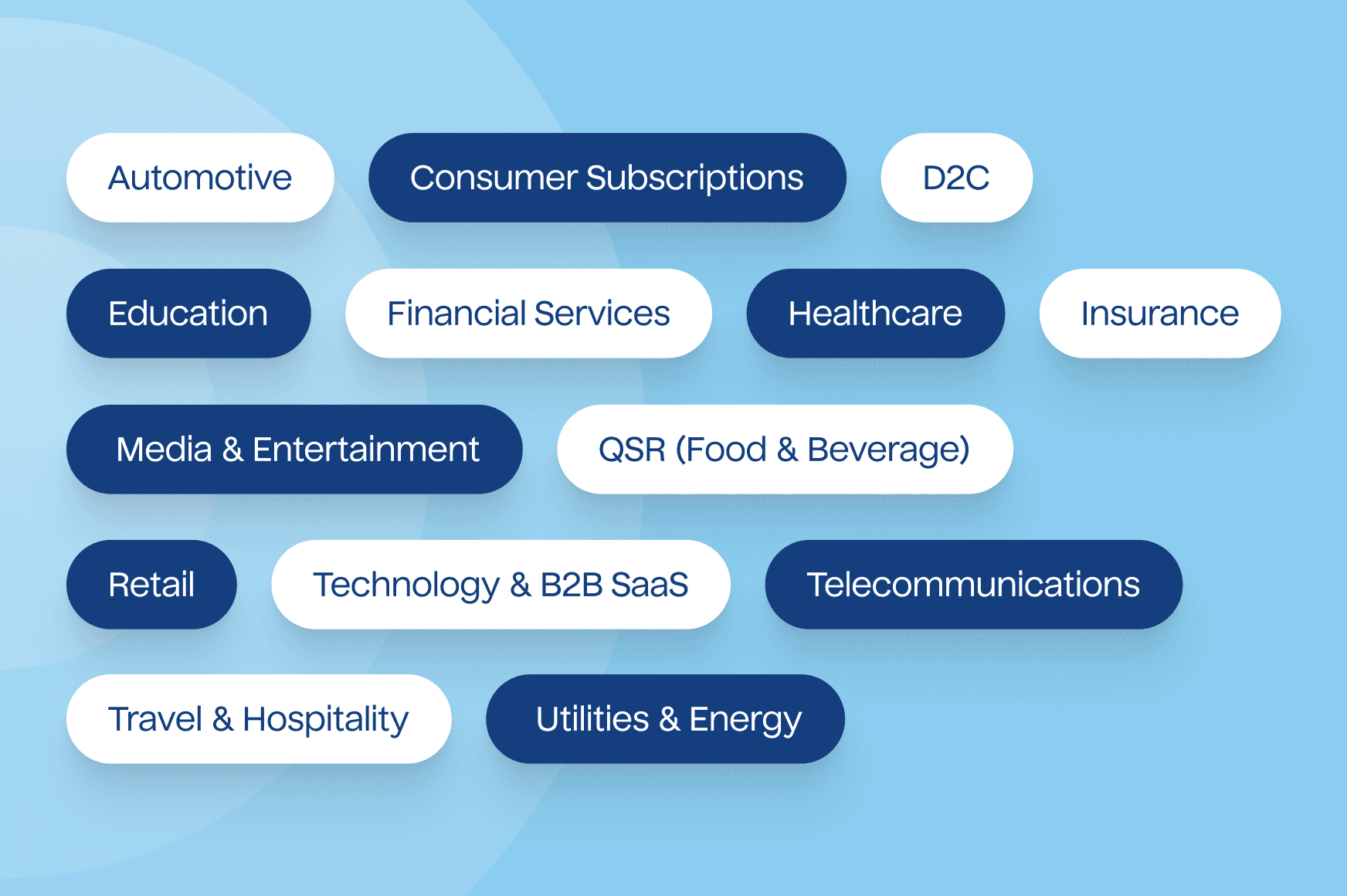
Connect to 250+ tools
Send any data to any tool. Skip building and maintaining pipelines, uploading CSVs, and having data silos across marketing, sales, customer success, finance, and analytics.


